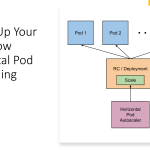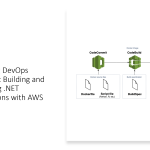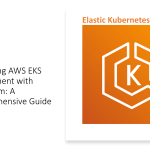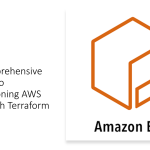Continuing from our previous blog, let’s explore some more advanced topics related to DevSecOps implementation.
Continuous Compliance
Continuous compliance is a practice that involves integrating compliance requirements into the software development lifecycle. By doing so, organizations can ensure that their software complies with regulatory requirements and internal security policies. Continuous compliance includes the following activities:
- Compliance as Code: Define compliance requirements as code, using tools such as Chef InSpec or HashiCorp Sentinel.
- Compliance Testing: Automate compliance testing to ensure that the software complies with regulatory requirements and security policies.
- Compliance Reporting: Generate compliance reports to track compliance status and demonstrate compliance to auditors and stakeholders.
- Compliance Remediation: Automate the remediation of compliance issues to ensure that the software remains compliant throughout the development lifecycle.
Cloud Security
Cloud security is a critical aspect of DevSecOps. It involves securing the cloud environment, including the infrastructure, applications, and data, on which the software is deployed. Cloud security includes the following activities:
- Cloud Security Architecture: Design a cloud security architecture that follows best practices and security policies.
- Cloud Security Controls: Implement security controls to protect cloud resources, such as firewalls, access control, and encryption.
- Cloud Security Monitoring: Monitor cloud activity and log data to detect potential security issues and enable forensic analysis.
- Cloud Security Compliance: Ensure that the cloud environment complies with regulatory requirements and security policies.
Threat Modeling
Threat modeling is a practice that involves identifying potential threats to an organization’s systems and applications and designing security controls to mitigate those threats. Threat modeling includes the following activities:
- Threat Identification: Identify potential threats to the software, such as unauthorized access, data breaches, and denial of service attacks.
- Threat Prioritization: Prioritize threats based on their severity and potential impact on the organization.
- Security Control Design: Design security controls to mitigate identified threats, such as access control, encryption, and monitoring.
- Threat Modeling Review: Review the threat model periodically to ensure that it remains up-to-date and effective.
Conclusion
DevSecOps is a critical practice that requires continuous improvement and refinement. By implementing continuous compliance, cloud security, and threat modeling, organizations can improve their security posture significantly. These practices help integrate compliance requirements into the software development lifecycle, secure the cloud environment, and design effective security controls to mitigate potential threats. By following these best practices, organizations can build and deploy software that is secure, compliant, and efficient in a DevSecOps environment.




